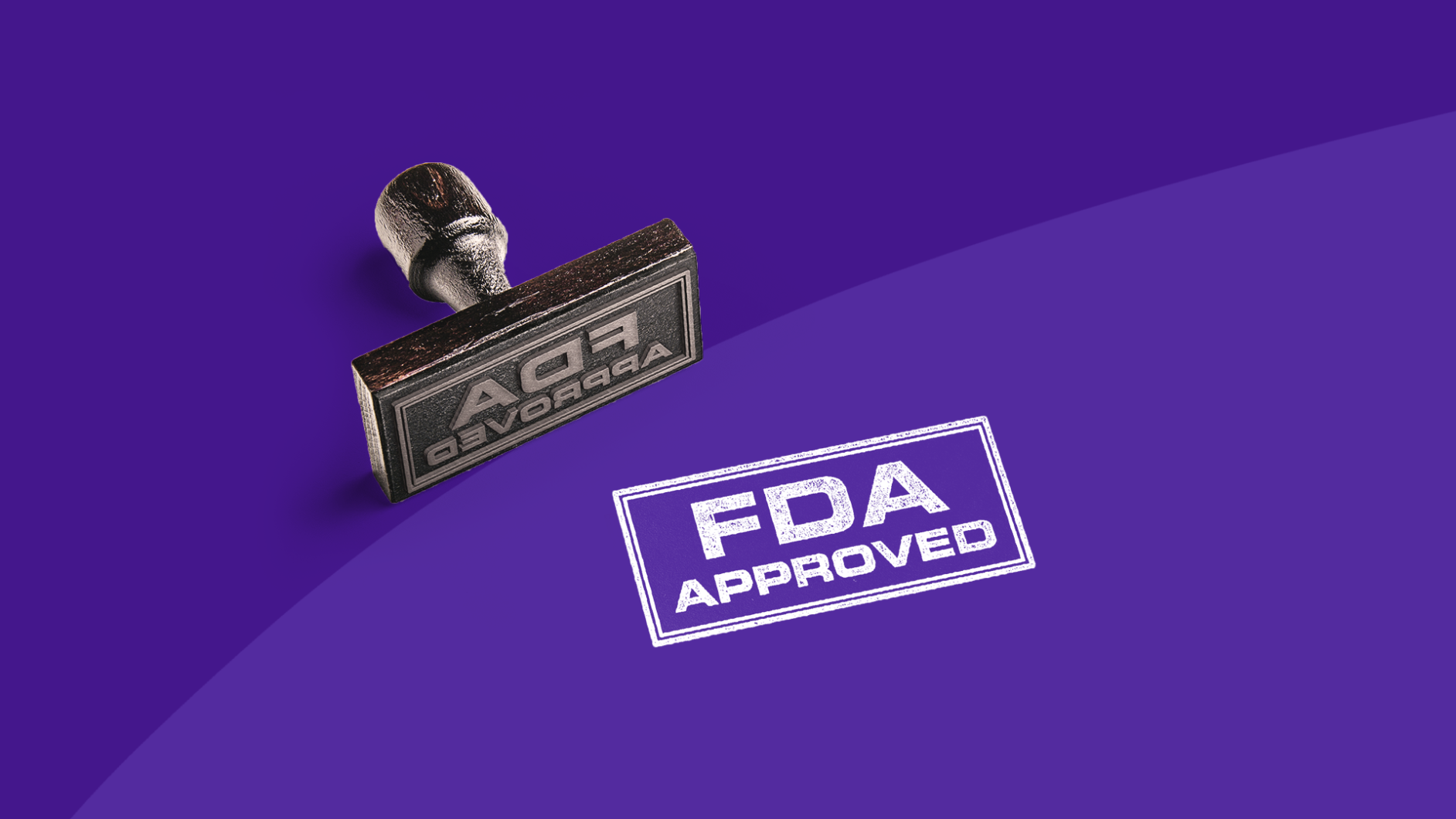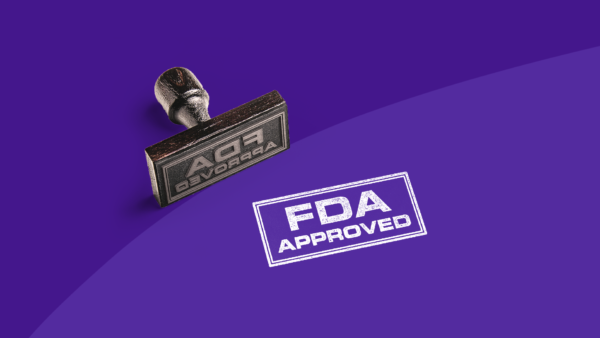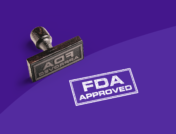Key takeaways
The FDA has expanded the use of the injectable medication Xolair (omalizumab) to treat accidental exposure in people with food allergies.
First approved for allergic asthma, Xolair will reduce the severity of allergic reactions to common allergens such as peanuts, milk, eggs, wheat, and tree nuts.
This medication is not a treatment for anaphylaxis and will not cure food allergies.
No matter how vigilant you are, it can be hard to avoid common food allergens, such as peanuts, milk, eggs, wheat, and tree nuts. Now, there is a new option in case you unknowingly ingest one. On Feb. 16, the U.S. Food and Drug Administration (FDA) extended its prior approval of Xolair (omalizumab) to treat accidental exposure to food allergens. This injectable medication can reduce the severity of a reaction. It is not a cure for food allergies or a treatment for anaphylaxis.
“Xolair is a way to offer some level of protection for severe food allergy reactions that occur through accidental ingestions,” says Nana Mireku, MD, a board-certified allergist in private practice in Texas. But that doesn’t mean those prescribed the medication can freely consume anything. “Food-allergic patients will still need to avoid their allergic food,” Dr. Mireku adds.
What is Xolair?
Xolair is not a new drug; it was originally approved in 2003 for the treatment of moderate to severe persistent allergic asthma in some patients. Since then, its use has been expanded to also include chronic spontaneous urticaria (hives) and chronic rhinosinusitis with nasal polyps in certain patients–and now for food allergies in certain people. The most recent extension approved the medication to treat IgE-mediated food allergy, meaning food allergy involving an immune system reaction that begins quickly after ingesting the allergen.
“This newly approved use for Xolair will provide a treatment option to reduce the risk of harmful allergic reactions among certain patients with IgE-mediated food allergies,” Kelly Stone, MD, Ph.D., associate director of the Division of Pulmonology, Allergy, and Critical Care in the FDA’s Center for Drug Evaluation and Research, said in a statement. “While it will not eliminate food allergies or allow patients to consume food allergens freely, its repeated use will help reduce the health impact if accidental exposure occurs.”
How does Xolair work?
Xolair is a monoclonal antibody that prevents immunoglobulin E (IgE)—a type of antibody that triggers allergic reactions—from binding to its receptors in your body.
IgE-mediated food allergies are estimated to affect between 3.5% to 4% of the general population and are slightly more common in babies and young children. According to the FDA, 160 different foods can cause this type of allergy. People who have this type of allergy tend to experience a reaction very quickly (as soon as within several minutes) after being exposed to an allergen and require a dose of epinephrine injection. Treating with Xolair may prevent this life-threatening reaction from occurring, but does not treat a reaction that is already in progress.
“At FARE (Food Allergy Research & Education), we are excited about the approval of Xolair because it is the first and only FDA-approved medicine to reduce allergic reactions in people with one or more food allergies,” says Sung Poblete, Ph.D., RN, the CEO of FARE. “While it may not be the right treatment for everyone with food allergies, it is incredibly important that food allergy patients have more treatment options.”
What are the possible side effects of Xolair?
As with any medication, side effects can occur when taking Xolair. The most common side effects are fever and injection site reactions. But serious side effects are also possible, and those may include anaphylaxis, fever, rash, and joint pain; parasitic infections; abnormal lab tests; heart and circulation problems; and cancer.
According to the manufacturer, you might experience anaphylaxis right after receiving an injection of Xolair or even days later. Anaphylaxis can even occur after you have been taking Xolair for a long time without issues. Signs of an allergic reaction include:
- Trouble breathing, wheezing, shortness of breath, cough, or tightness in the chest
- Dizziness, lightheadedness, or episodes of fainting
- Weak or rapid heartbeat
- Low blood pressure
- Anxiety or “feeling of impending doom”
- Itching or hives, flushing or sensation of feeling warm
- Trouble swallowing or tightness in the throat
- Swelling of the face, lips, tongue, or throat
If you experience any of these symptoms, you should call 911 and have an ambulance take you to the nearest emergency department.
Bottom line: You should still avoid trigger foods
While Xolair is not a cure for food allergies, it can provide some peace of mind for those living with the condition. You’ll still need to avoid your trigger foods, but it reduces the chances of a life-threatening reaction if you are accidentally exposed. If you or your child have food allergies, talk to your primary care provider or allergist to see if this medication could be right for you.
Sources
- FDA approves first medication to help reduce allergic reactions to multiple foods after accidental exposure, FDA (2024)
- IgE-mediated food allergies, Children’s Hospital of Philadelphia
- Prevalence of food allergies, University of Nebraska-Lincoln
- Xolair, Genentech/Novartis (2024)











